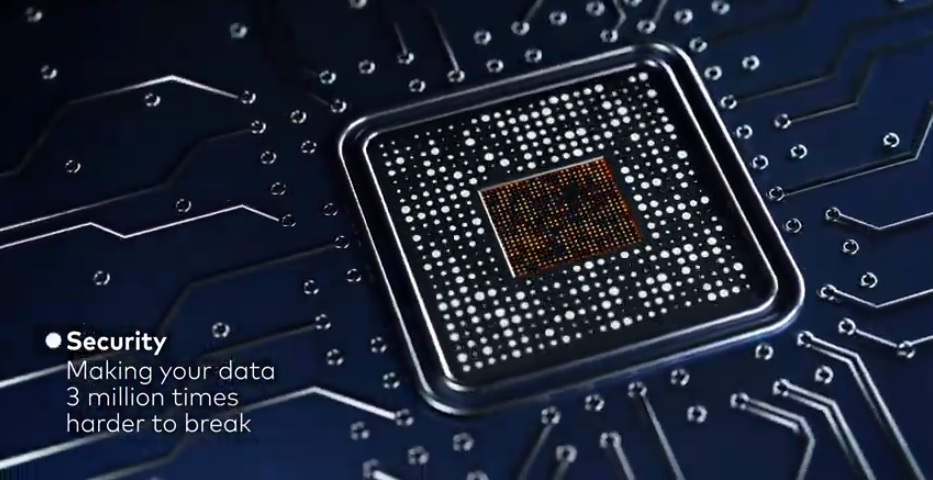
Mastercard announced that it is applying the latest quantum-resistant technologies to develop the next generation of contactless payments.
„The new Enhanced Contactless (Ecos) specifications are an industry-first and will help ensure that as our dynamic digital landscape evolves, and new technologies like quantum computing are introduced, contactless technology is future-proofed to ensure consumers will continue to enjoy the same high levels of security and convenience they do today, in the decades to come,” according to the press release.
The demand for faster, more convenient, safe and now cleaner ways to pay has driven the transition to contactless and this trend will only continue to grow. In fact, in the third quarter of 2020, contactless penetration represented 41% of in-person purchase transactions globally, up 30% from a year ago.
Mastercard has been spearheading the transition to contactless payments for years and developing specifications like Ecos to support industry standardization efforts and help ensure the entire ecosystem benefits from higher levels of security.
“Contactless is the present and future of in-person payments,” said Ajay Bhalla, president, Cyber & Intelligence at Mastercard. “2020 brought with it a rapid acceleration of digitization and reinforced the importance of digital solutions – like contactless – to help meet our everyday needs. As the ecosystem continues to evolve, more connected devices and the Internet of Things are going to create more user demand and an even greater need for constant innovation to build next-generation capability, helping to ensure that technology never outpaces trust.”
With Ecos, consumers, merchants and financial institutions will benefit from:
Enhanced Convenience – Over time, we envision that the in-store shopping experience will become increasingly contactless-only. These new specifications will help ensure any device truly can be a payment device, while eliminating the need for a backup swipe or dip of a card.
Enhanced Trust – Ecos leverages new, quantum-resistant technology to deliver next-generation algorithms and cryptographic key strengths while keeping the contactless interaction under half a second.
Enhanced Privacy – The new specifications deliver advanced protection when account information is shared between the card or digital wallet and the checkout terminal. Ecos builds on the increased requirements to support various privacy regulations.
As the new specifications are activated over the coming years, consumers and merchants can expect a seamless transition. Digital wallets, mobile payments, contactless cards and point-of-sale terminals will continue to work as they do today.
Compatibility with Ecos and current contactless specifications is simple. Ecos works behind the scenes and is delivered via a software upgrade, therefore no new hardware or terminals are required. This investment complements similar investments in tokens, 3-D Secure and Click to Pay, delivering a better consumer and merchant experience.
Banking 4.0 – „how was the experience for you”
„To be honest I think that Sinaia, your conference, is much better then Davos.”
Many more interesting quotes in the video below: